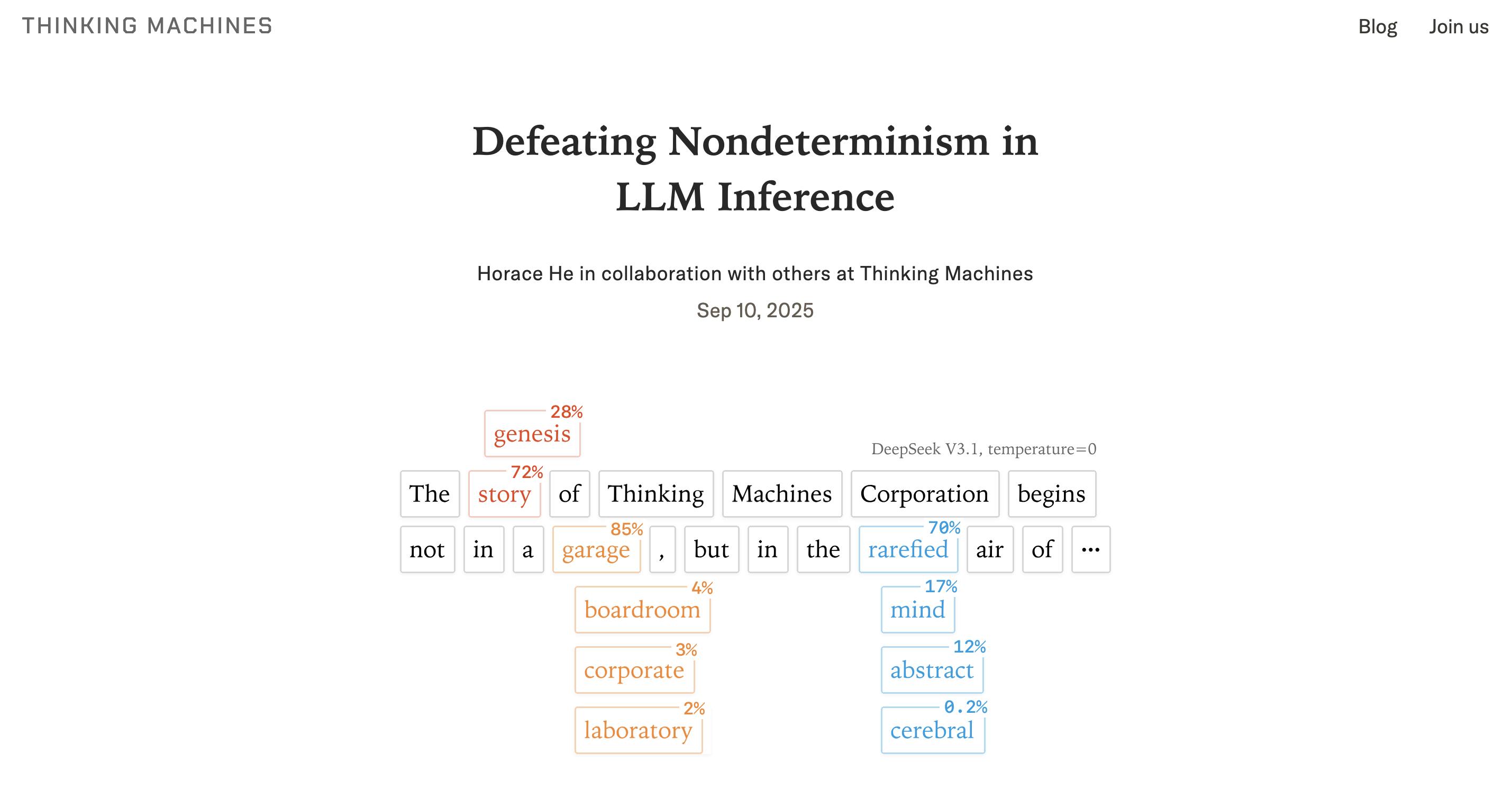Apple has always struggled with how to bridge the gap between its Pro and base iPhones. While models like the iPhone 5c and XR were clearly budget versions, the bridging attempts really started with the Mini models in the iPhone 12 and 13 series, offering a smaller, more affordable option. Then came the Plus models with the iPhone 14, giving a bigger screen without pushing you into the Pro lineup.
Now, in its latest attempt, Apple has introduced the Air branding to the iPhone. It’s easily one of the most puzzling iPhones I’ve ever seen. On paper, it’s a technical marvel, but I’m still not sure who it’s meant for.
The iPhone Air is Apple’s newest gamble on form over function
It’s like Jony Ive never left
Apple seems to have taken a trip down memory lane this year by putting design front and center once again, instead of focusing on genuinely useful features. The entire pitch for the iPhone Air is that it’s insanely light and thin; I’ll admit that, from an engineering standpoint, it is impressive. At just 5.6 millimeters (0.22 in) thick, it’s even thinner than the Samsung Galaxy S25 Edge and weighs only 165 grams (5.8 oz).
It also gets all the fancy features from the higher-end models, like the smooth ProMotion screen, an always-on display, and even the upgraded selfie camera. It comes with the latest A19 Pro chip found in the iPhone 17 Pro, though with one less GPU core. Combined with the all-new design and these features, it looks like a compelling package on paper.
It reminds me of Steve Jobs introducing the original MacBook Air by pulling it out of an envelope. This feels like the smartphone version of that moment, where Apple is all about making something impossibly thin and sleek.
But at the same time, this is also a familiar story. Apple has a history of prioritizing form over function, which usually comes with major compromises. A great example of this from the past is the iPhone 7, which was the first model to remove the headphone jack. One of the reasons given for that decision was to achieve a thinner profile.
The new design comes at a cost
Thinner isn’t always better
For starters, the iPhone Air only comes with one camera, which is the same as the main camera on the standard iPhone 17. It’s a Fusion camera, so you can still zoom in and take 2x photos by cropping from the 24MP sensor down to 12MP without losing much quality.
Where it really lets you down is the missing ultrawide lens. That’s a feature that’s pretty important for many people, and what makes it even worse is that you can’t shoot macro photos on this iPhone either.
Battery life is another area where you might have to compromise. During the keynote, Apple mentioned that the iPhone Air can get 40 hours of video playback, but that’s with the new $99 iPhone Air MagSafe Battery. It didn’t inspire much confidence when the battery life had to be advertised with an external accessory.
There are even smaller corners cut that you won’t find on the product pages. For example, the iPhone Air only has one speaker, meaning you miss out on stereo sound, and it also lacks mmWave 5G support. But what really kills the deal for me is the $999 price tag.
The other iPhones are better deals
You’ll get more bang for your buck
All those compromises are something you might be able to live with, but what really bothers me is that the other iPhones seem like a better deal. The iPhone 17 starts at the same base price of $799 and offers a lot more.
For starters, you get the same main camera along with a 48MP ultrawide lens. That means you also don’t have to settle for missing out on macro shots, and you can also shoot videos using Cinematic mode.
It also comes with a bigger battery, plus slightly faster MagSafe charging, better speakers, mmWave 5G, and more for $200 less. In the end, you’re getting more features at a lower price. Even the display is the same, with the only difference being that the iPhone Air is 0.2 inches bigger.
The irony is that the iPhone 17 has an aluminum body instead of the titanium body used in the iPhone Air. Since aluminum has a lower density than titanium, the Air only manages to be 12 grams (0.42 oz) lighter. So the only real advantage it offers is how it feels in your hand and its design.
The titanium frame is mainly for durability, but it comes with another downside: thermals. That makes it a good lead into the iPhone 17 Pro. After two years with titanium, Apple switched the Pro iPhones back to an aluminum unibody frame for better heat management, along with a newer vapor chamber. These are features the iPhone Air doesn’t have, even though it shares the same A19 Pro chip.
Even setting these issues aside, the iPhone 17 Pro is just $100 more and offers a lot more compared to the iPhone Air. It has better cameras, a larger battery, and improved thermals. The value clearly leans toward the Pro and the base iPhone 17.
A gorgeous phone that asks for some sacrifices
I do believe the Air is the most visually stunning iPhone Apple has ever made, but it still hasn’t been enough to convince me to give up other features for the look and feel. That said, if you can live with the trade-offs and you prioritize design, the iPhone Air is the perfect phone for you.
What I feel is that the iPhone Air is Apple’s new testing ground. It’s a way to experiment with how this design could trickle down to other iPhones. It’s also likely laying the groundwork for something bigger down the line, such as a foldable iPhone.











